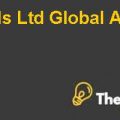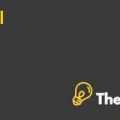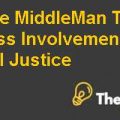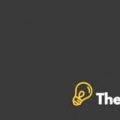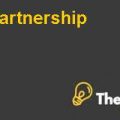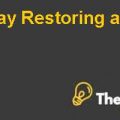Introduction:
The Hong Kong Dragon Airline is operating under an airline industry in Hong Kong. It is a subsidiary of Cathay Pacific Airways limited, a large airline company of the People’s Republic of China (PRC).
Dragon Airlines started its operations in 1985; the first service it offered was between Hong Kong and Kota Kinabalu in Malaysia and it was named as “when it is in the air, there is nothing on the ground” airline. The reason behind this name was that the flight had flown on the ocean and there was nothing on the ground.
In the beginning it provided its service to Phuket and six cities of mainland of China in 1986. It was firstly owned by Hong Kong, Macau International Investment Company and then in 1990, it was acquired by Cathay Pacific.
After acquisition Cathy transferred its Beijing and Shanghai services to Dragon Airlines along with its Lockheed L1101-1 TriStar aircraft.After two years, it replaced its aging TriStar fleet with three Airbus A330 wide-body aircraft.
Afterwards, it added four spare V2500 engines in the A-320 family of flights. In early 2007, a replacement of these engines was required and the board of directors had agreed to provide the capital requirements for the replacement.
The board of directors required a detailed plan analysis of the capital investment and any other options that it has to replace spare V2500 engines.
It has an option to acquire the engines at sale-and-leaseback or direct lease that qualifies for operating lease and it requires monthly rental payments and expenditure on the maintenance of the engine as prescribed by the lessor or the guidelines for the maintenance of the engine whichever the market practice is.
The lease providers require a sufficient cash reserve balance with the company for the lease rentals along with the maintenance expense reserves.The company has to maintain sufficient cash balance if it undertakes such lease arrangement.
Problem Statement:
The CFO has required a detailed capital budget for the purchase, sale-and-leaseback and direct lease options.
Hong Kong Dragon Airlines Limited Case Solution
The problem for the company is to undertake a capital budget is the appropriate discount rates to appraise the investment in new engines or to lease the new engines. It is an unlisted company and the funds are provided to it by a parent company for the expansion plan.
It has undertaken to use the required rates of parent company’s required returns and the cost of debt to be used as net of tax, but the process requires a detailed analysis to get the appropriate cost of capital.
Analysis:
The analyses are based upon the market available data and the appropriate assumptions to get the appropriate discount rate to appraise the investment. The appropriate rates and capital budgeting methods are given below in details.
Cost of Equity:
Cost of equity is the required return of the shareholders. This is what the shareholders expect in minimum to have shares returned to them as the premium for the risk of their investment and opportunity cost as well.
The return is total of dividends and capital gains and it can be derived through Capital Asset Pricing Model (CAPM) that is used widely to derive the return of the shareholders. It undertakes many assumptions of the market along with the entity specific with regard to its risky prospect and market average returns.
It undertakes the long term risk free interest rate that is 5.98% (10 years Hong Kong exchange fund note). The fund notes are governed by the central bank and therefore the rate is considered to be the most secured one in Hong Kong.
The average market return is the return of the industry; the return does incorporate all risky and less risky companies that are operating under the industry. The required return is derived by adding the market risk premium to the risk free rate.
The market risk premium is multiplied by the beta equity of company specific and it is added to risk free rate to derive the entity specific required return or cost of equity.
Beta equity incorporates two risks; first one is systematic risk and another one financial risk. In this process, the systematic risk (beta asset) is the risk that every company faces just because it is operating under the airline industry or any other industry and the economy in which it operates...........
This is just a sample partial case solution. Please place the order on the website to order your own originally done case solution.

